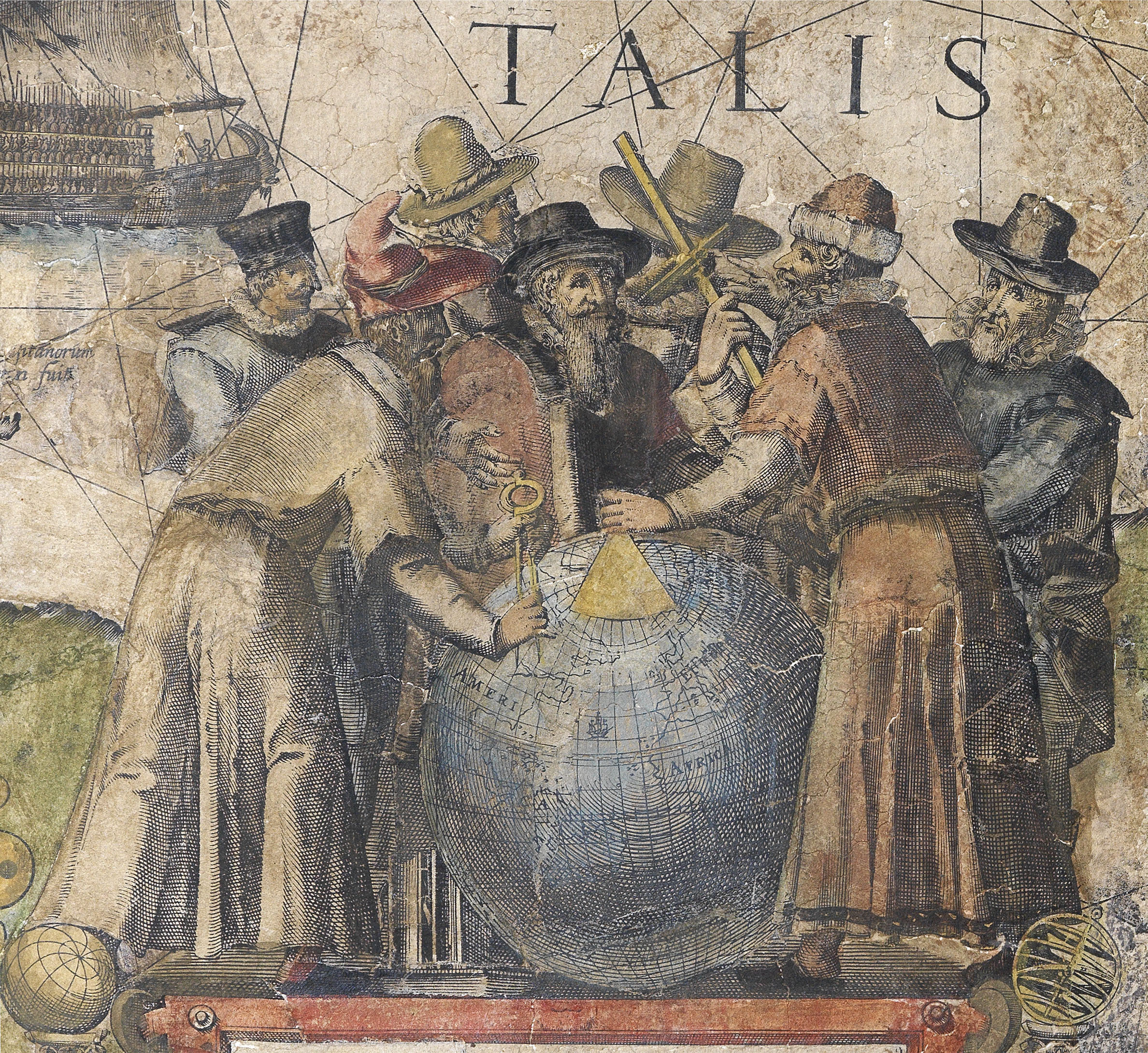Richard Blome
(c1635 - 1705)

Richard Blome, “… originally a Ruler of Paper, and now a Scribbler of Books” (Anthony Wood in Athenae Oxonienses, II, 298), is generally thought to have begun with a career as a heraldic painter, developing an expertise in arms-painting for funerals and other solemn occasions. The access that this business gave him to potentially wealthy patrons led to the genesis of an idea for an atlas in which each map would include a dedication to, and the arms of, individual patrons. The project would be additionally underwritten by subscription, which was a relatively novel strategy for the time. Blome required a partial payment upfront with the balance due after publication. Conceived as early as 1663, it was not until 1669 that Blome received a royal privilege of patent protection. Winning the favour of Charles II, the newly-restored king, secured subscriptions for more than eight hundred copies of Blome’s atlas, and ensured that his subsequent maps, books, prints and playing cards enjoyed a wide circulation throughout England and Europe.
Ambitious in its scope, the work endeavoured to draw on the most authoritative textual sources and the most progressive available cartography, which led to rumblings about the work’s lack of originality. The earliest issue was published as A Geographical Description of the Four Parts of the World (1670). It is the first folio world atlas to be published in England since 1627 when John Speed presented Prospect of the Most Famous Parts of the World, which had its plates engraved and printed in Amsterdam. By contrast, Richard Blome’s atlas had been uniformly assembled in England, including its engraving, printing, and publishing.
The atlas was followed by A Description of the Island of Jamaica (1672), in which the plates were similarly patronised, and Richard Blome’s next grand project, Britannia (1673). For this he was more openly accused of plagiarism, with particular reference to the works of William Camden and John Speed. A decade later Blome’s Cosmography and Geography (1682), included a translation of Varenius’s Geographia generalis, an influential treatise on physical geography; and A geographical description of the four parts of the world taken from Nicholas Sanson (late geographer to the French king), with twenty-five maps, engraved by the leading artisans of the period, including Thomas Burnford, Wenceslaus Hollar, and Francis Lamb. More openly a compilation, Blome’s The Gentleman’s Recreation (1686), includes some of the earliest illustrations published of British field sports.
Richard Blome was one of the most prolific publishers in post-Restoration London active between 1677 and 1705. Mendyk described him as “an opportunistic, businesslike cultivator of both patronage and the mapmaker’s art” (DNB), and with John Ogilby, he is credited with inaugurating a new period of activity in English cartography, if not geography.
 地图
地图  地图集
地图集  珍本
珍本  版画
版画  天文仪器
天文仪器 






